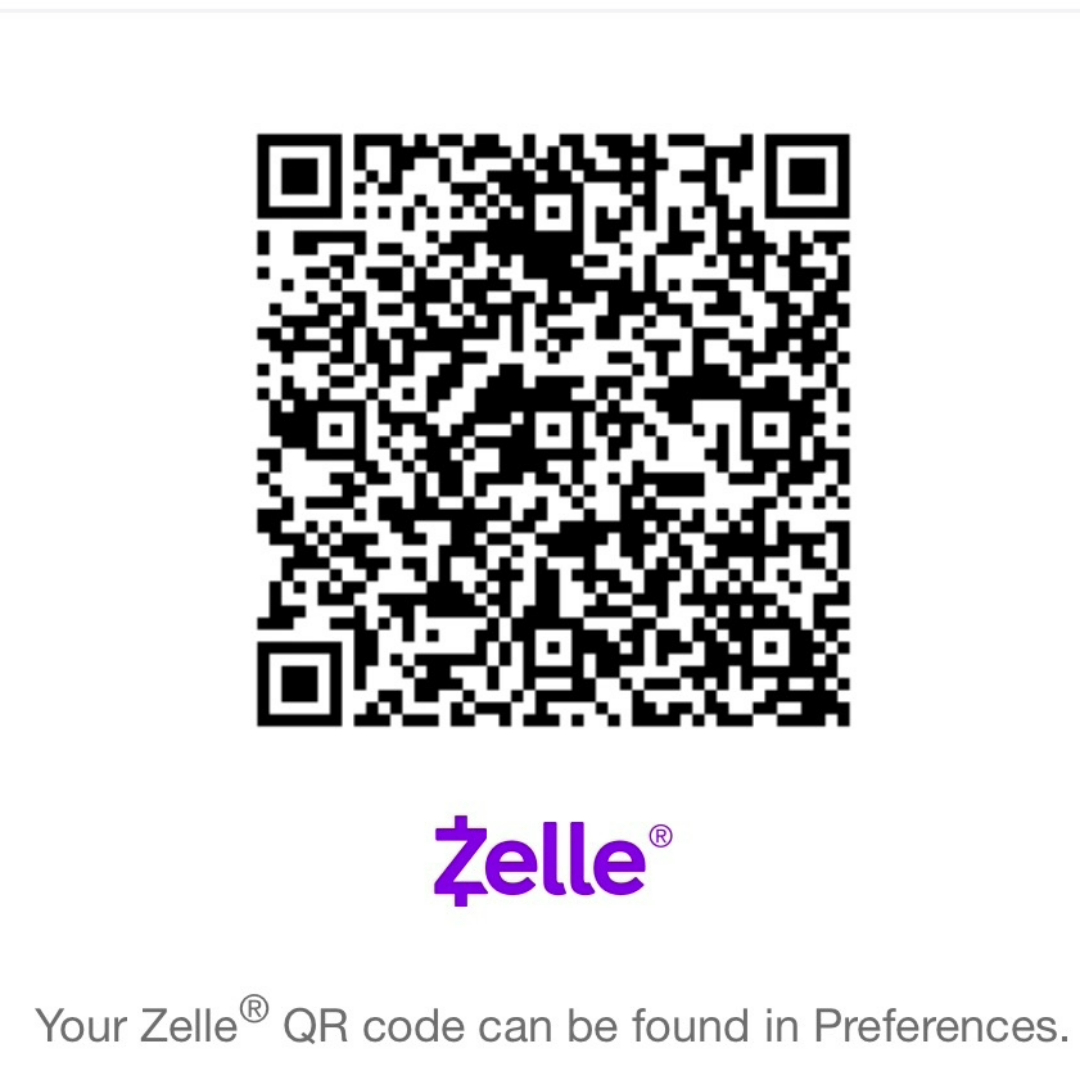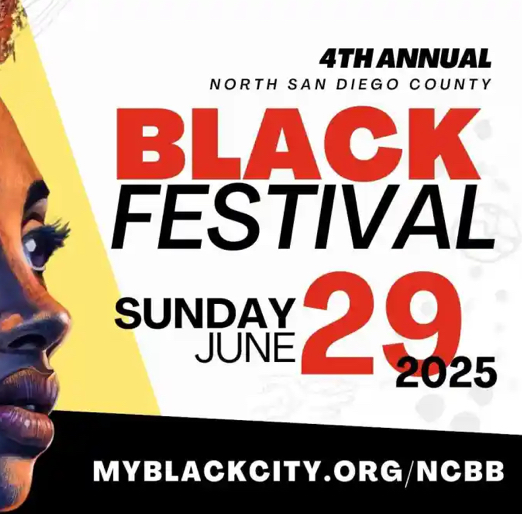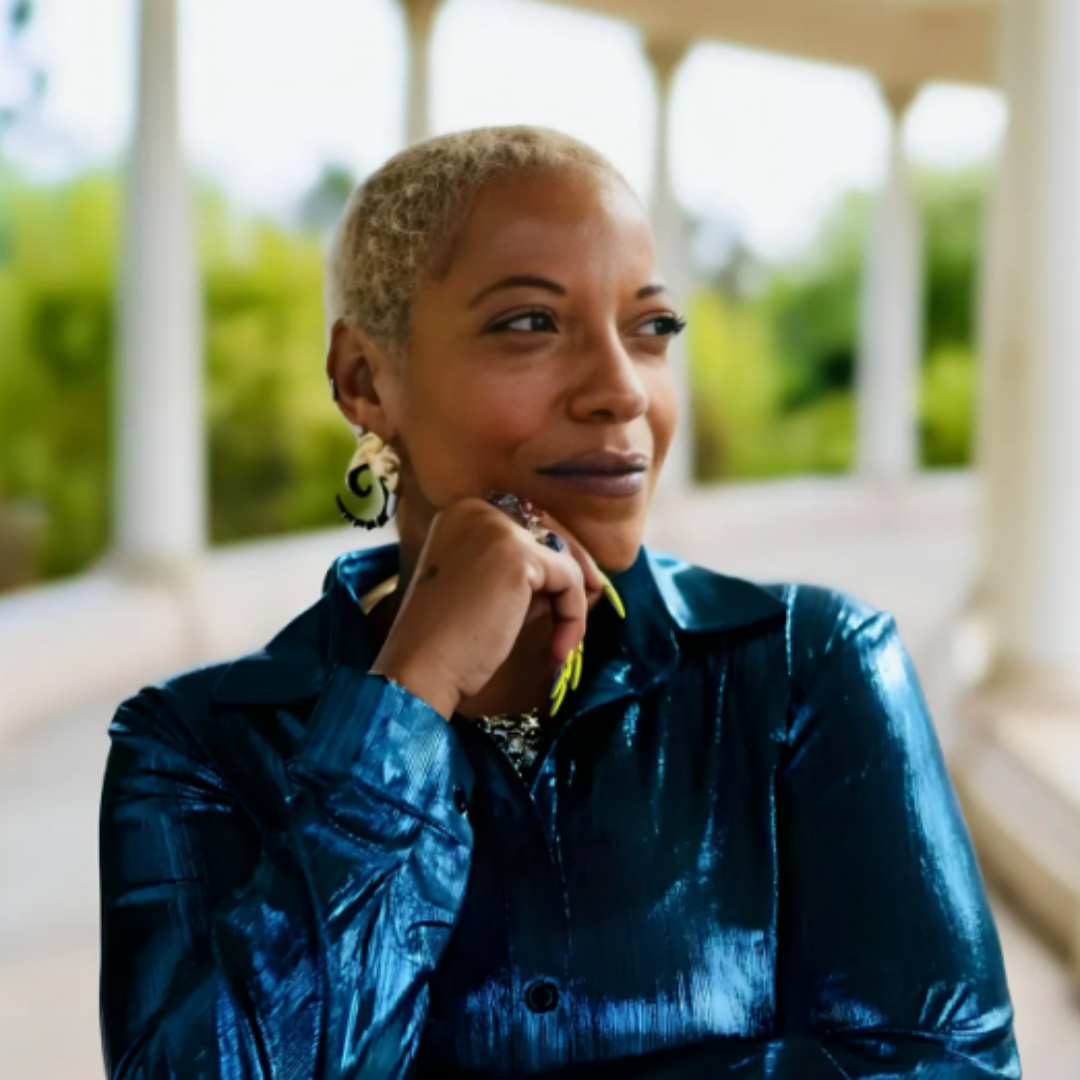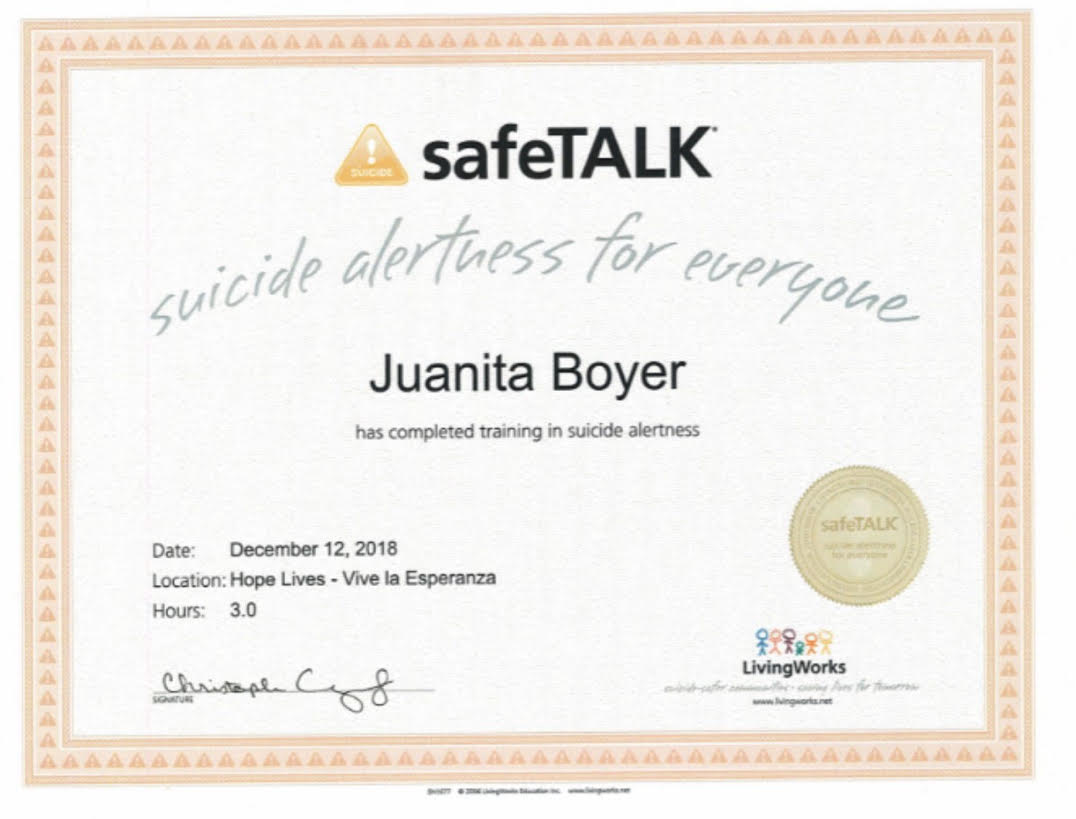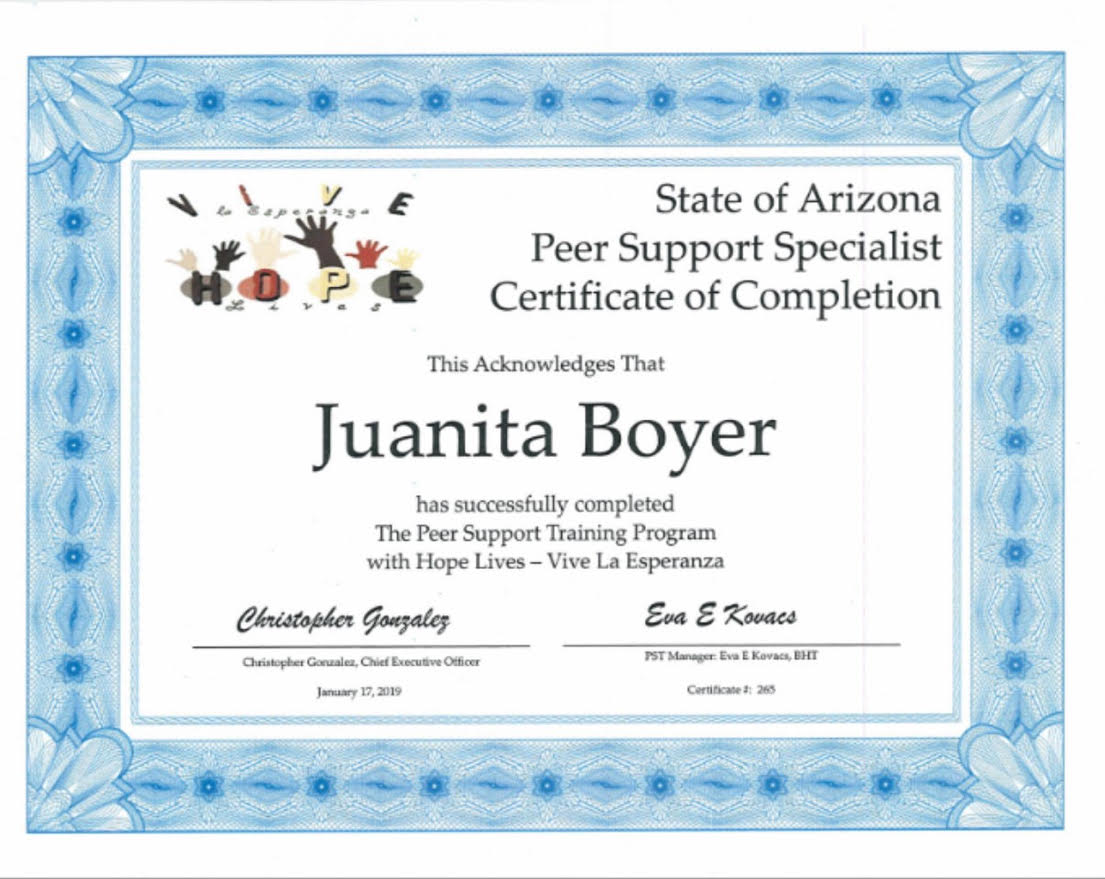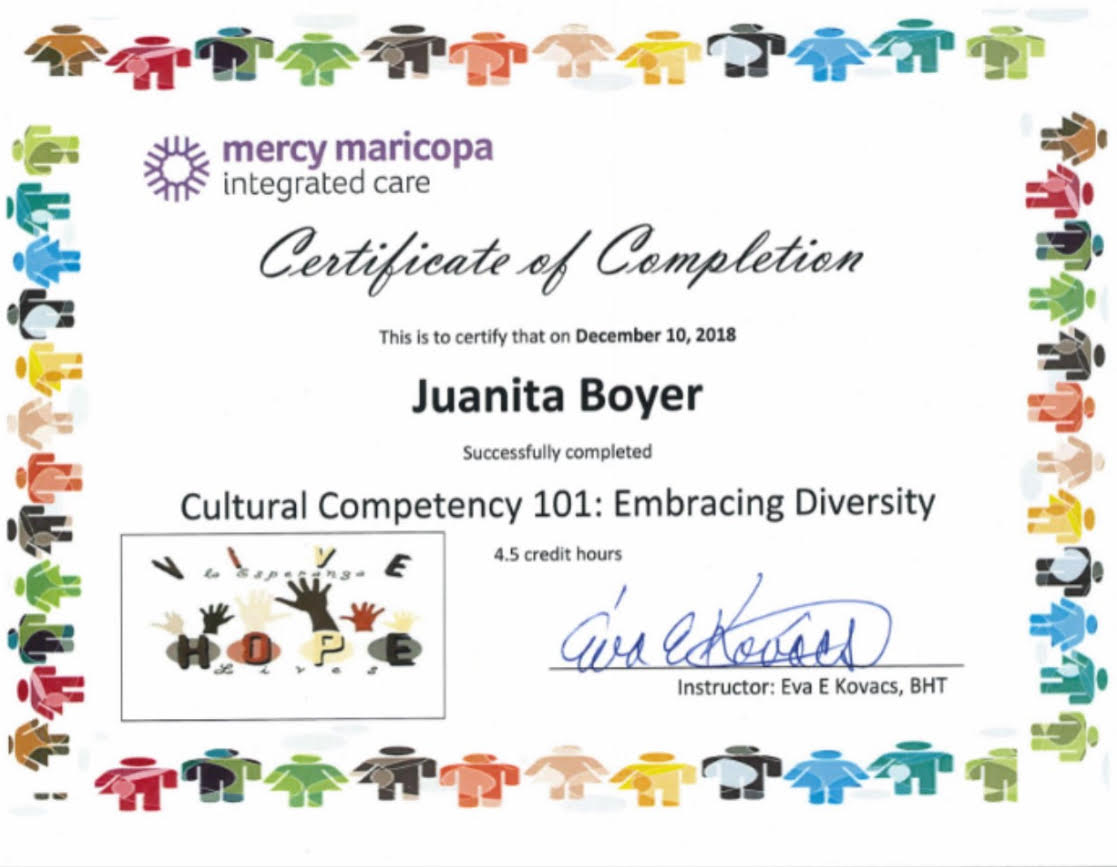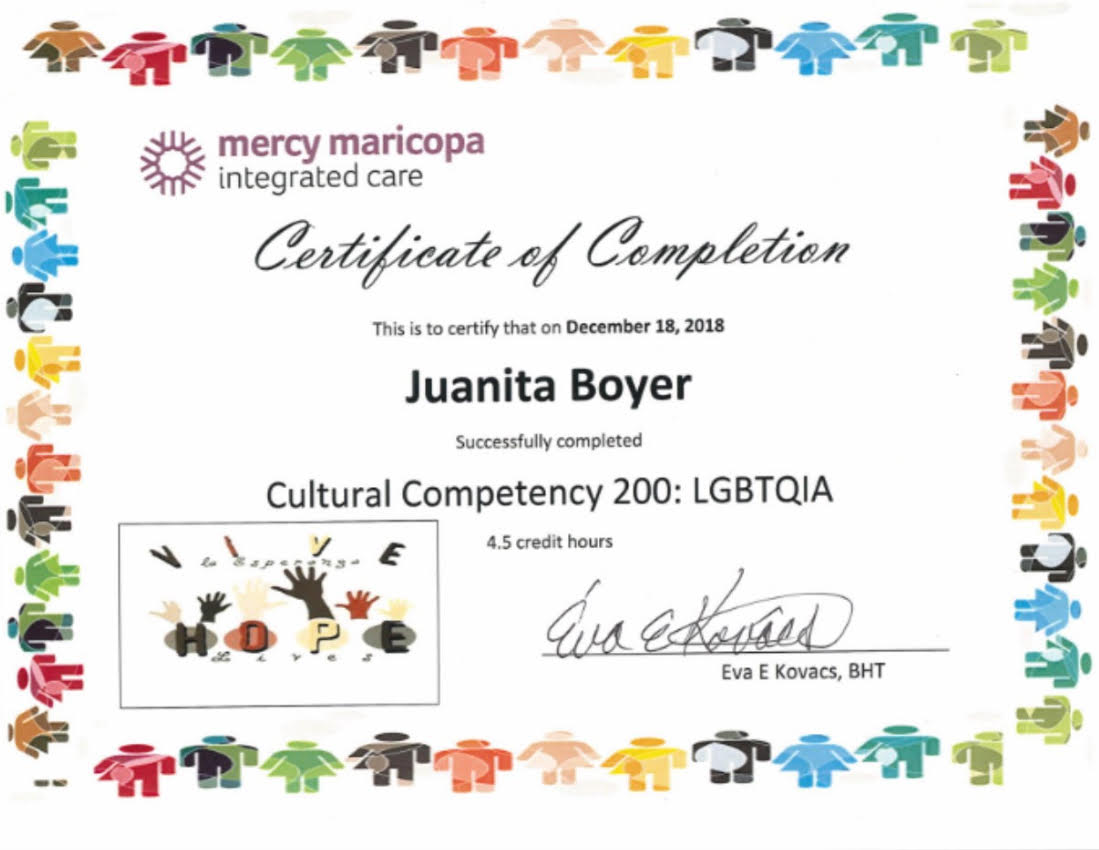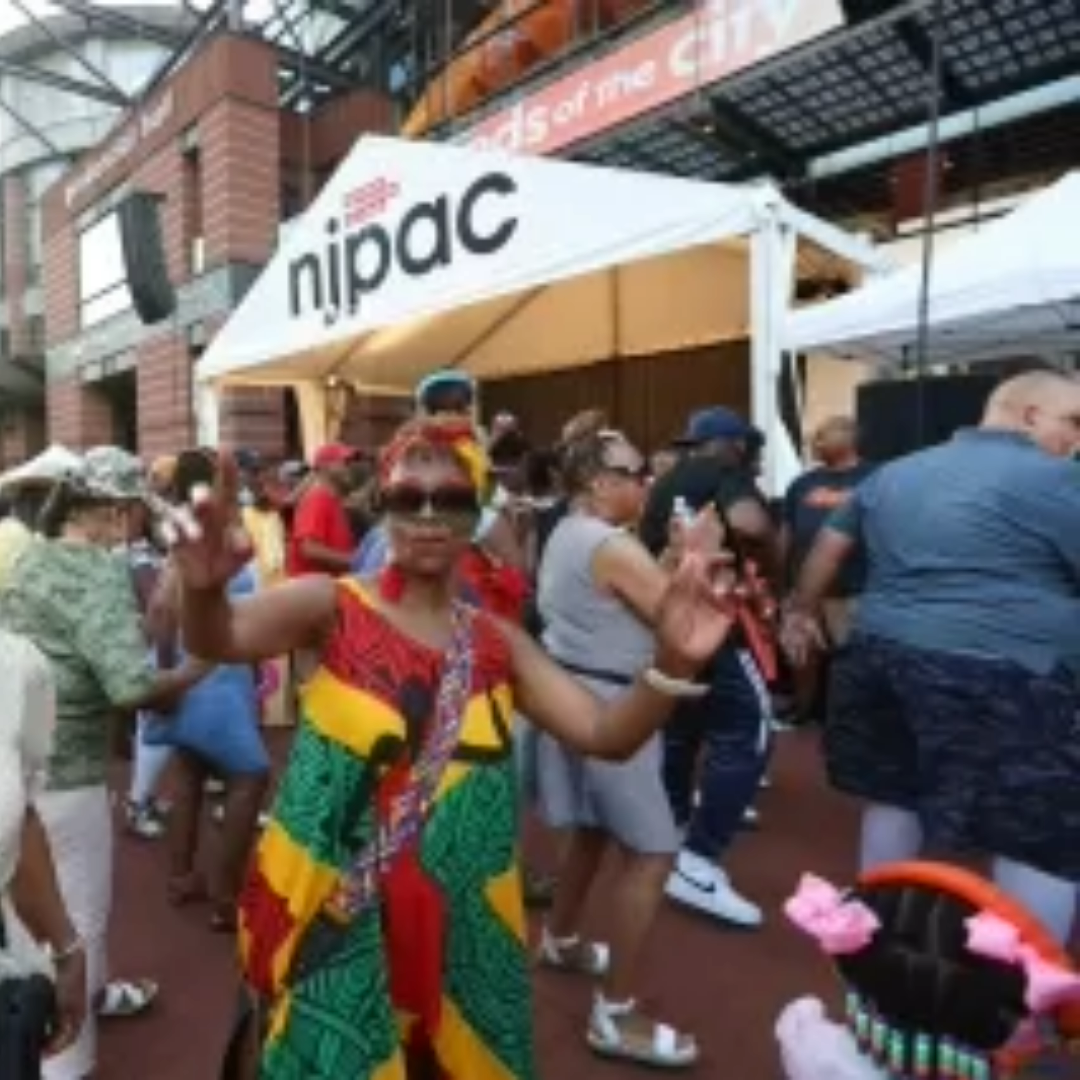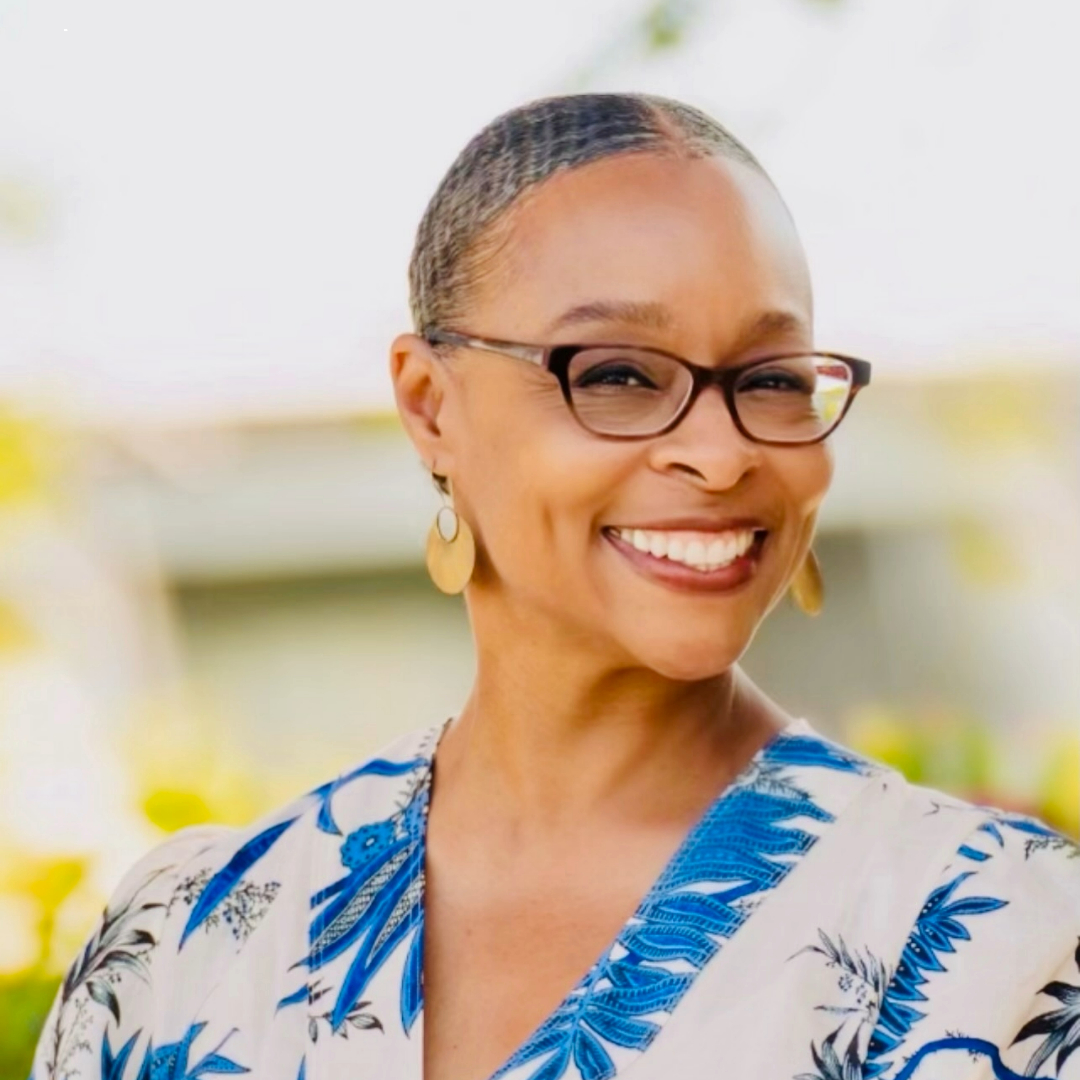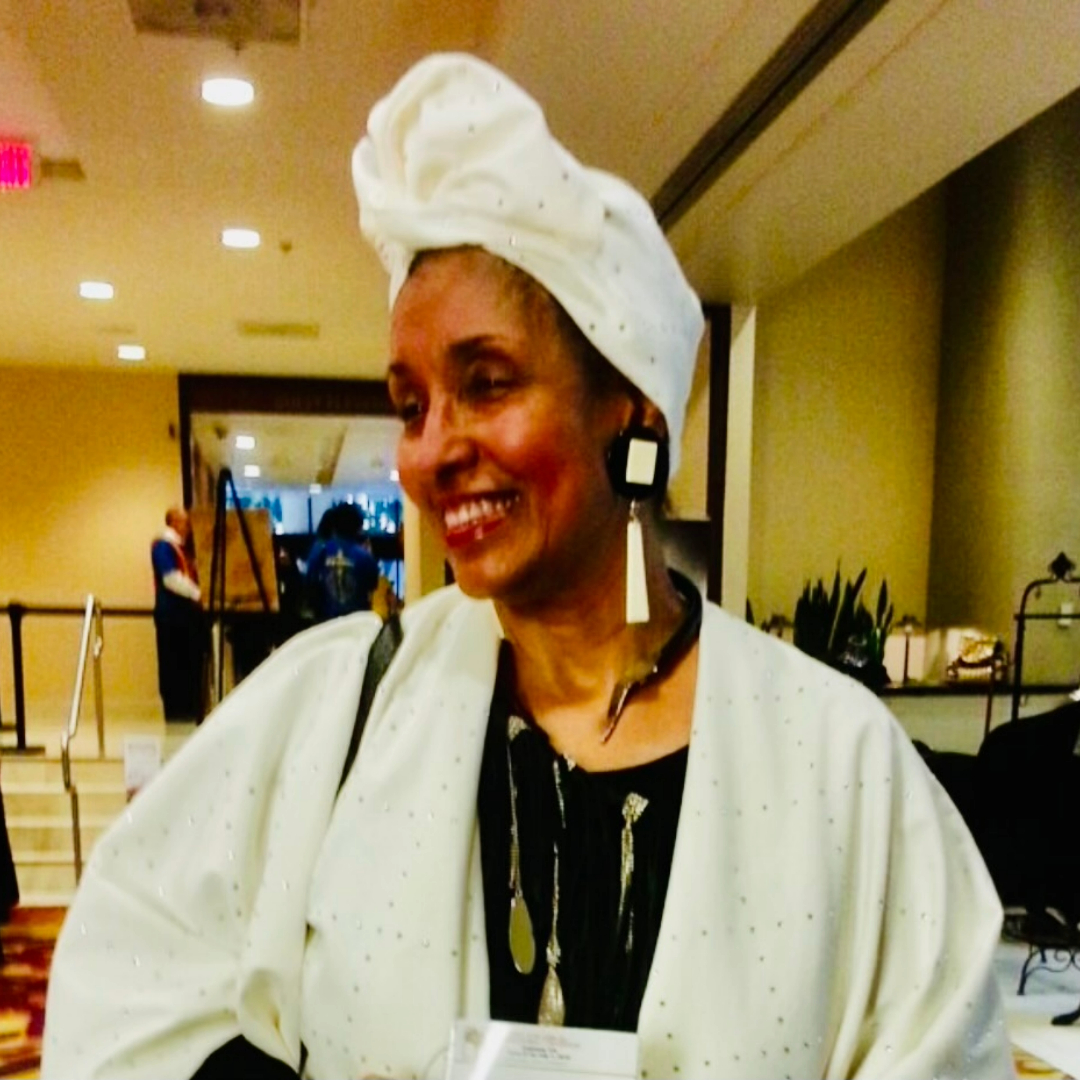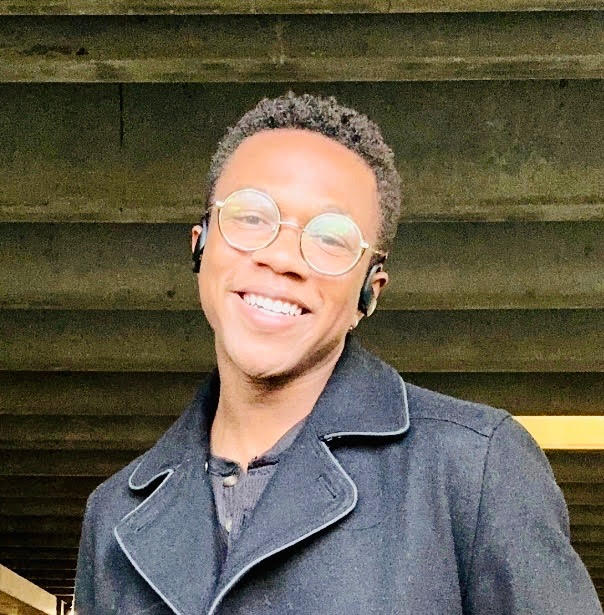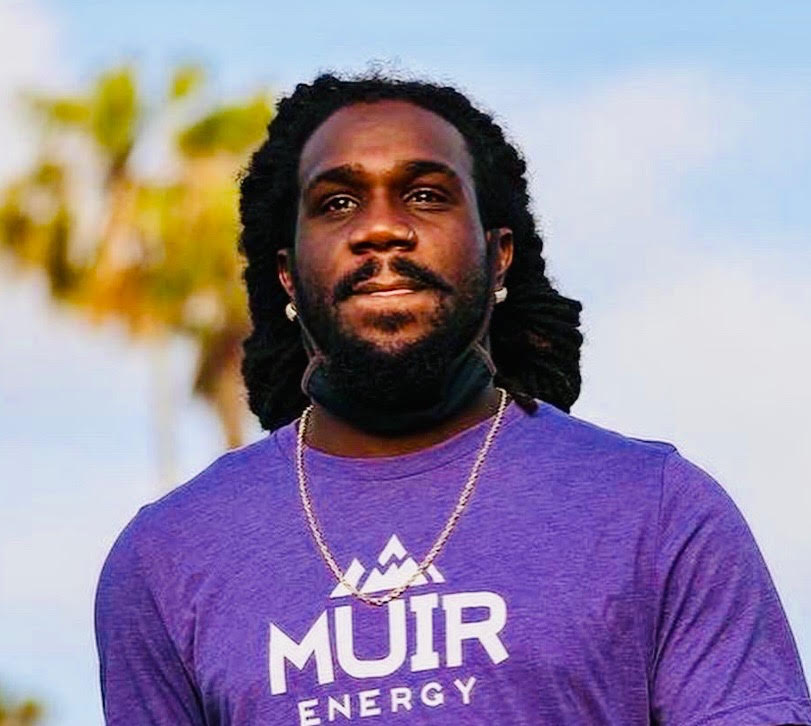
JB Empire Arts
"Healing wounded souls, one paint stroke at a time."
Mission:
Art healing combines creativity and psychology to improve wellbeing. Through art-making, people can address mental health challenges, strengthen relationships, and find emotional healing. As an art healer, I help individuals and communities heal through a unique blend of artistic expression and psychological techniques, using imagination and visualization for transformative experiences.
Get StartedVision:
My vision as an art healer is to enhance the well-being of individuals, families, and communities by creating art and applying psychological theory, with a very unique approach to mental and emotional healing. Using imagination and visualization techniques is implemented for a life-changing experience.

About Me
The Founder & CEO

Meet Jay Boyer
-
Jay Boyer is a Behavioral Health Tech, artist, and the owner of My Empire JB ART's LLC. The curriculum Jay created uses art as a powerful tool to help people deal with everyday life challenges, trauma, and substance abuse. The skills developed from the workshops empower people to live a more fulfilling, healthy, and harmonious life.
-
Jay's background consists of seven years as an artist, documentary filmmaker, and co-host of countless poetry, musical, and art events. Jay also hosted her first exhibit in early 2018 called The Love Experience. Through creative art techniques, Jay's workshop and curriculum are unique in that she teaches her clients how to heal and rebuild their lives. In Jay's work, she focuses on helping others heal and have a better quality of life through art healing.
Art healing is a mental health and human services profession that integrates art-making and creative processes to enrich the lives of individuals, families, and communities. Artistic and creative outlets contribute positively to people's well-being. We provide creative and mindful experiences for individuals and groups to participate in the transformative power of the healing arts. Our collective seeks to provide and make creative art healing services more accessible in our community. The Company is prepared to introduce the following service to the market: Art Healing: Conduct art healing sessions, providing guided self-expression experiences to help clients recover from, or cope with, cognitive, emotional, or physical impairments. Select or prepare artistic media or related equipment or devices to accomplish therapy session objectives. Jay utilizes art as a means to treat a variety of emotional issues and to provide a sense of wellness and healing. Art healing uses a variety of arts-based techniques in their assessment and treatment of clients, including drawing, painting, sculpture, and mixed media. Providing an opportunity for nonverbal expression and communication that can promote reconciliation of emotional conflicts as a coping mechanism for trauma, and foster self-awareness and personal growth.
Read more about Jay here.
In The Media
See Jay in interviews and articles around the web.
Shop
Coming Soon
JB Wellness and Self Care Products
Bubble Bath
Aromatherapy Candle
Theraputic Massage Oil Candle
Eco Friendly Fragrances
Karite Coconut Cream
First Aid Salve
Qualifications
It has been my privilege to become an Art Healing professional with seven years of experience in mental health care. As an experienced mental health professional, I can work in several settings, including hospitals, wellness centers, schools, and private practices. I'm proficient in a variety of art mediums, I also have a deep understanding of human behavior, mental health, and psychological theories. I can provide therapeutic techniques through creative art. I have excellent communication and listening skills and I'm able to adapt my communication style to suit different audiences. I'm very empathetic and able to display a deep amount of compassion and empathy. I can relate to diverse populations. I'm able to relate to people from all backgrounds. I have trained for over 100 hours. This includes training in the creative process, psychological development, group therapy, one-on-one sessions, art healing, Suicide talk, Safe talk, Ethics and boundaries assessment, and multicultural competency development. My certifications include the following:
Certifications
We are proud to be certified by the following organizations.
Services Provided
Art of Mind and Analysis Prescription
What is that?
An arts prescription is a program that allows healthcare providers to prescribe arts and culture experiences to patients and clients to help with their health and well-being. With years of lived and learned experience, Jay can assess the client's needs with a brief series of questions, similar to how a doctor would assess their patient. These questions allow Jay to assess where the clients are mentally and emotionally and what creative strategy would be best for them. With a unique approach to mental and emotional healing, imagination and visualization techniques are implemented for a life-changing experience. Using expressive art as a basis to promote healing and self-discovery. Jay gently guides clients through the healing process and an aesthetically pleasing environment. Expressive forms reveal how aspects of basic feelings and emotions can become bottled up over time from trauma, abuse, or mental health challenges, and expressive arts allow clients a safe, non-intrusive, or non-invasive way to express themselves freely and promote deep, inner healing confidence and an overall better quality of life.

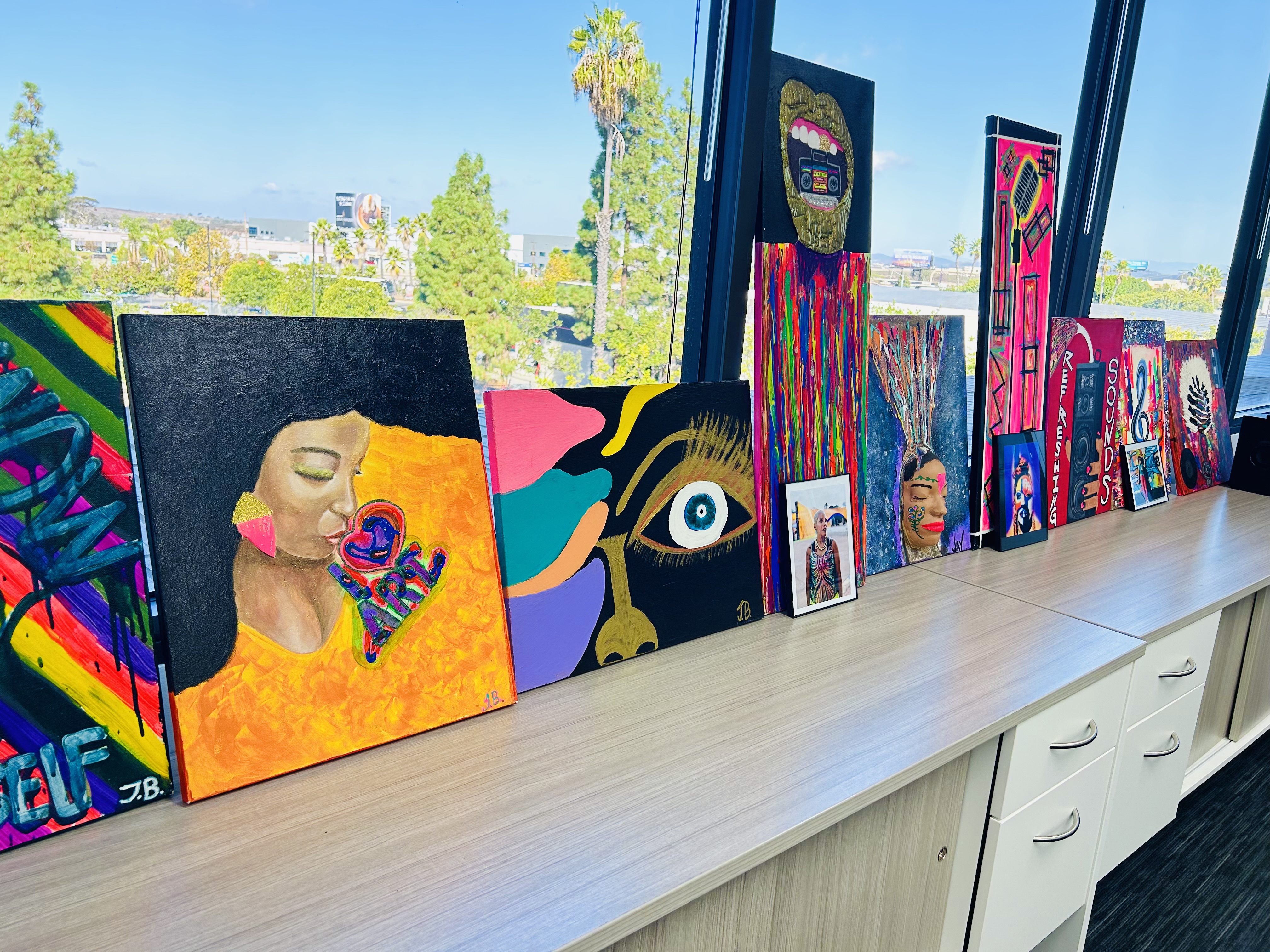
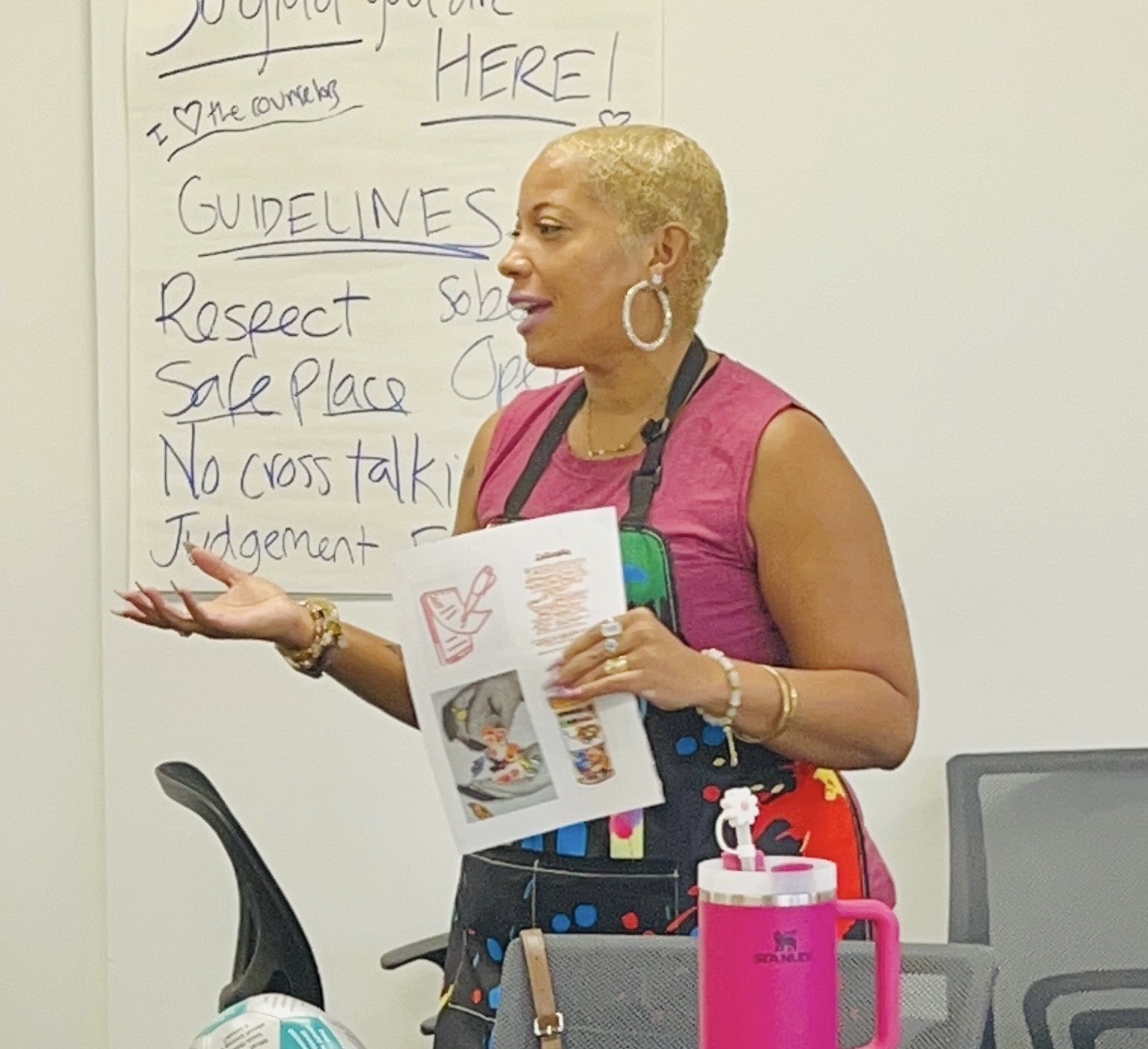
CultureRX
Your prescription for a healthier mind.
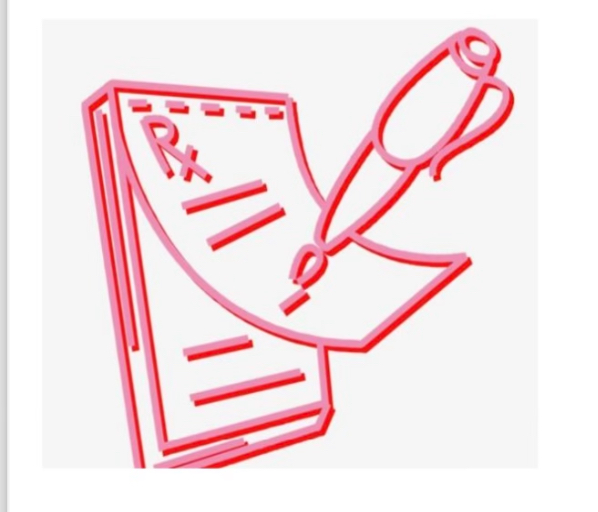


The growing understanding of the social factors that affect health has led to the development of "arts on prescription" programs. These programs allow doctors to prescribe visits to art studios, museums, theaters, parks, and zoos. One example of an arts-on-prescription program is CultureRx, which was launched in Massachusetts in 2020.
Testimonials
Let our services speak for themselves.
Frequently Asked Questions
Who Can Benefit From Art Therapy?
Art therapy is accessible to everyone, regardless of age, ability, or artistic skill, according to Mueller and Davenport. It's a misconception that it's only for creatives or children. Research shows art therapy helps with emotion regulation, which can reduce anxiety and is particularly beneficial for those with depression, anxiety, or PTSD. People with PTSD who engage in art therapy often experience less intrusive thoughts and feel more confident about the future. Art therapy is also useful for people with cancer, helping reduce anxiety, depression, and even physical pain by shifting focus to creativity. Additionally, it aids young children in expressing complex emotions, building self-confidence, and fostering hope.
What Are Types of Art Therapy?
Art therapy is tailored to individual needs and can take various forms, falling under two main categories, according to Mueller: art as therapy, where self-expression itself is therapeutic, and art with psychotherapy, where art complements traditional therapy methods. Common art therapy modalities include: Painting, Drawing, or Coloring: Clients use different materials to express emotions based on prompts from the therapist. Collage: Clients create collages from magazine images, textured papers, and other materials to reflect their emotions or life experiences. Photography: Clients take photos to represent their emotions or experiences, sparking discussions around those images. Sculpting with Clay: This modality is used in various settings, such as people with dementia creating art to represent their experiences..
How Effective Is Art Therapy?
Although there isn't extensive data comparing art therapy to other forms of therapy due to its individualized nature, Davenport notes growing evidence supporting its benefits. Research shows art therapy can lower cortisol levels, reducing stress and anxiety. It's also effective for trauma survivors, including children who have been sexually abused and individuals with combat-related PTSD, as well as those dealing with depression or anxiety. To gain the full benefits, it's essential to work with a credible art therapist. If art therapy doesn't resonate, other expressive therapies, like writing, dance, or music therapy, can also help individuals process emotions and reduce anxiety, depression, or physical pain through creative expression.
How Is Art Therapy Used?
Art therapy is often combined with other therapies like cognitive behavioral therapy (CBT) or eye movement desensitization and reprocessing (EMDR), according to Davenport. Some sessions focus on art creation, while others do not. Davenport explains that memories and trauma are stored in a different part of the brain than verbal language, which is why art therapy, combined with talk therapy, can be more beneficial for trauma survivors. Art therapy allows individuals who struggle with verbal expression, like children, to communicate through art. It's also used in elderly populations to promote healthy aging by engaging the brain through creative problem-solving, such as selecting colors and compositional elements.
Contact Us
Interested in booking a session with Jay? Please use the form below to contact.
Phone
619-616-9211
Leave A Review
Scan the QR code with your phone to leave a yelp review.

Ways To Pay
Scan the QR code with your phone to make a payment.
